BUILDING A STRONGER TEAM FOR CREATIVES
Creative Team | DCI Studio
creating a culture of accountability in teams
We all know that technical skills are a must for all creatives, especially designers and architects. We expect our teams to be fluent in AutoCAD and other drawing programs, project schedules, and code requirements. But what often determines whether a project runs smoothly or falls short is how well people play nicely in the sandbox! Interpersonal skillsets, aka “soft skills” are equally important, especially in our world, where collaboration between designers, architects, builders, consultants, and clients is constant.
I have talked about accountability in many of my previous articles, and how important this is with our teams. You need to maintain project flow while fostering a solid client relationship. Your team members have to own the tasks and projects. Sometimes, there will be wins, but when there are mistakes made, or the ball is dropped, you are faced with a “learning opportunity.” Encourage your team to be collaborative and adaptable. To help one another so that the outcome is great for all. Being obsessed simultaneously with the macro and micro components of a project is key to a successful outcome. If you build an office culture of trust, you encourage your team to excel in their position.
how to foster collaboration in teams
As the principal or team leader, it is your role to foster collaboration via daily or weekly meetings or via site visits. You may want to use Asana, Monday or another project management tool to help track multiple projects and hold your team accountable for tasks. It is important to set both deadlines and goals so that you and your team can manage expectations.
I encourage growth and happy teammates by being flexible and nimble. We work in a world where clients change their mind, existing conditions present issues, specs change, and materials get delayed.. Teams that are set up to roll with those changes - without panic - stay ahead. Use your experience to guide the “If/Then" of each situation and empower your team to cross-train in different roles so they can step in and out of a variety of situations for a better outcome. For me, the daily debrief is paramount to huddle and discover what was successful and what didn’t work. Then discuss the learning opportunities of the positive and negative outcomes. Make space for connection during meetings. Create mentorship opportunities between junior and senior team members, and celebrate team wins—big or small—across all levels.
Effective communication in creative teams
I challenge you to really work on being clear, and intentional in all of your communications to keep projects moving and team and client relationships intact. It’s not just about talking—it’s about listening, understanding your audience, and bridging gaps. This will help to limit stress and agitation during punch lists, change orders, and handoffs, and build trust across the board. Tensions will inevitably be elevated, between you and your clients, trades, or even within your own office. What matters is how it’s handled. Effective resolution builds resilience and respect. This will help to create a culture in your firm founded on honesty and professionalism. If conflicts arise, I always believe that you should meet face to face (or on a video call) whenever possible. Do not do this via email, text, or any other written manner. The sound and intonation of the voice and the eye contact can automatically change the tone and perception of the issue at hand.
I also want to touch on the importance of emotional intelligence - the ability to “read the room” and respond with intention. For creatives, that might include knowing when a junior team member needs support rather than critique, or realizing when a tense client presentation calls for calm over control. When emotional intelligence is practiced within a studio or project team, it prevents stress from spreading and helps create a safe environment where people feel seen, heard, and valued. That kind of trust leads to smoother collaboration. I encourage you to employ this by including emotional takeaways in post-project reviews, not just discussing what went wrong, but how the team felt throughout. What were the wins and learns? Normalize regular one-on-one check-ins that go beyond the workflow and punch list and create space for open conversation around workload and wellbeing, and strengthen your team culture.
Designers are problem solvers
Designers and other creatives are true problem solvers at heart. Whether we’re resolving a conflict between aesthetic vision and site limitations, or navigating a last-minute materials change, we are constantly called upon to think on their feet. But the strongest problem-solvers don’t rush to fix, but instead they listen, observe, and take in multiple viewpoints before taking action. This approach not only leads to better solutions, but also builds buy-in from the entire team. Carving out time for regular brainstorming or idea labs, where even emerging professionals feel safe to contribute is a great way to foster problem solving skillsets. Recognize and celebrate creative thinking, especially when it leads to a breakthrough, and establish a clear, repeatable framework for tackling challenges so your team doesn’t just react under pressure, they respond with clarity.
Ultimately, these skills aren’t ancillary, but essential. These interpersonal abilities show up in everything we do, shape your studio culture, influence how your clients experience your process, and impact how your team shows up for each other and your clients. The good news is, these skills can be developed and refined, just like your design vocabulary or technical chops. And investing in them can make the difference between a good project and a great one.

